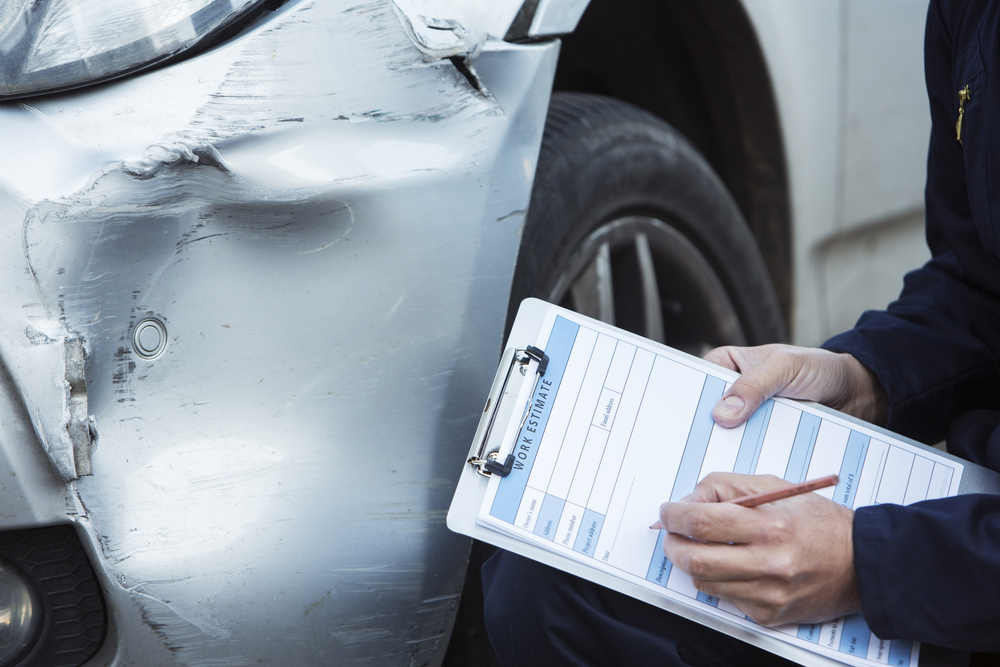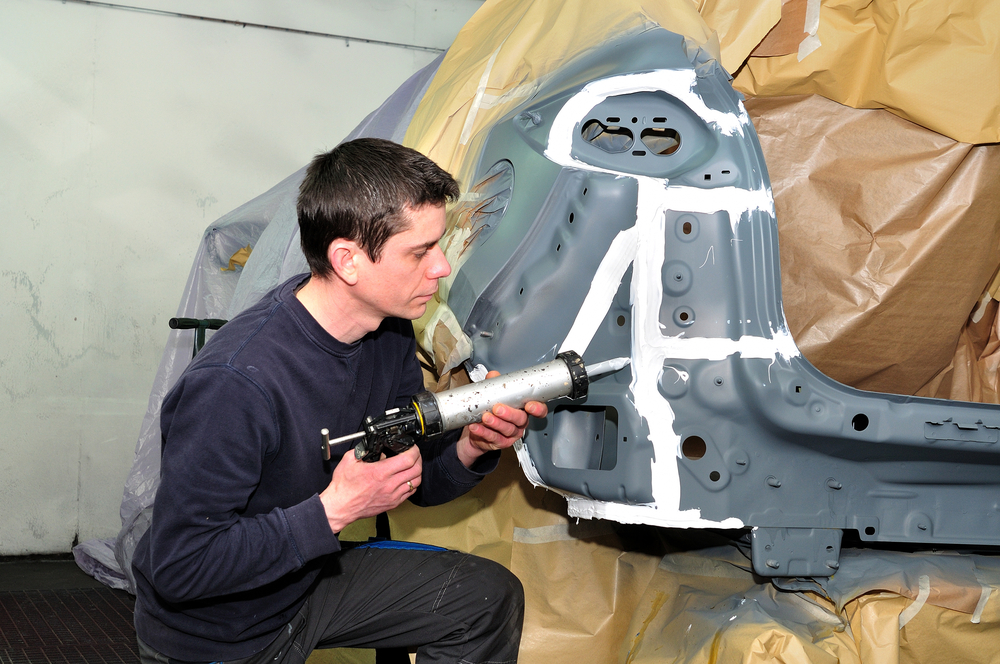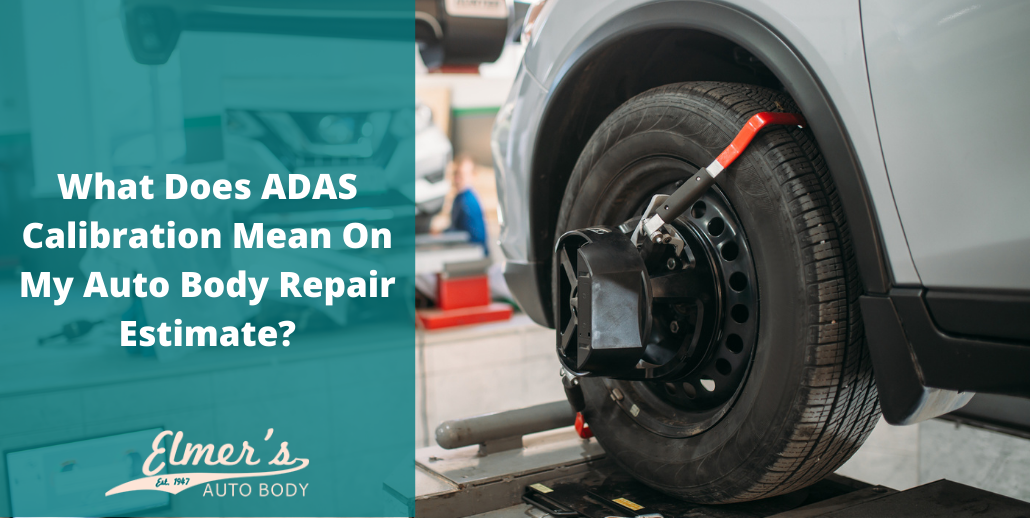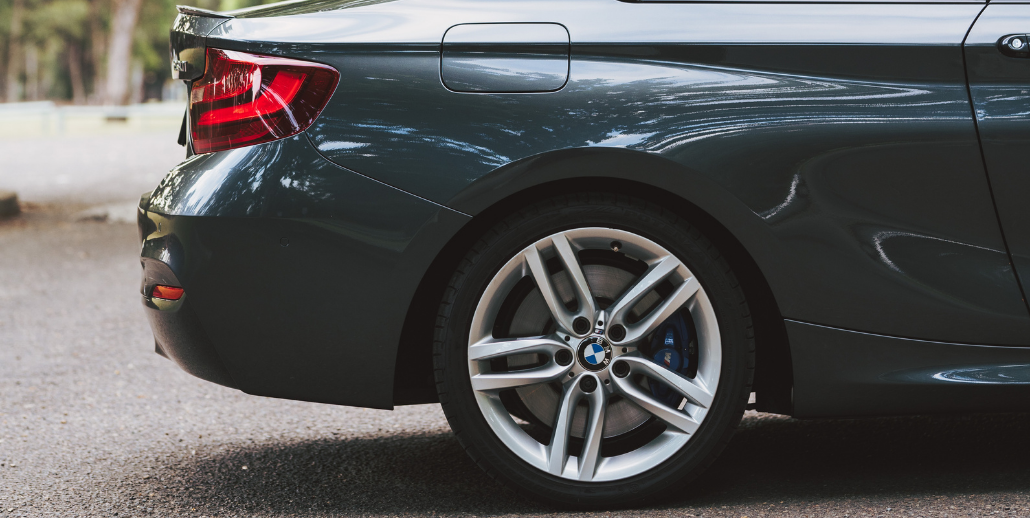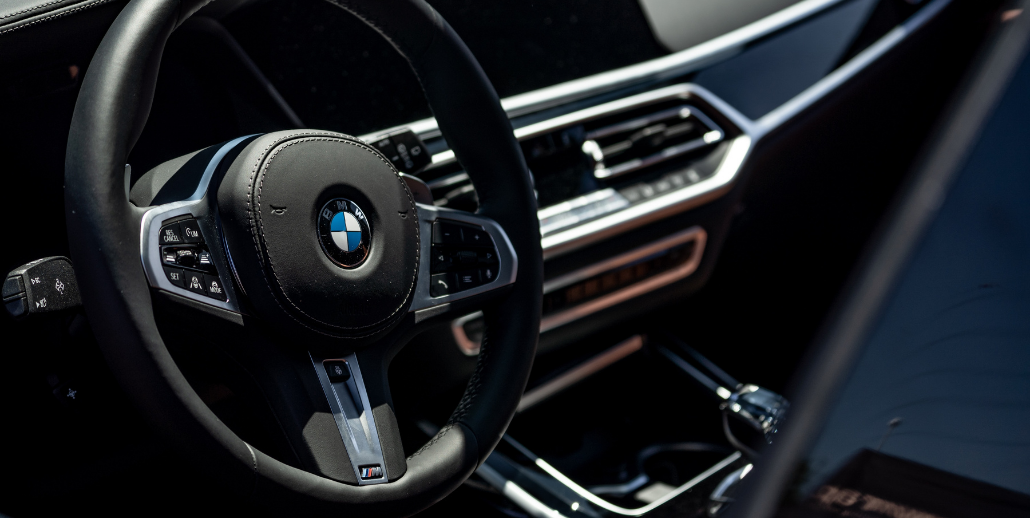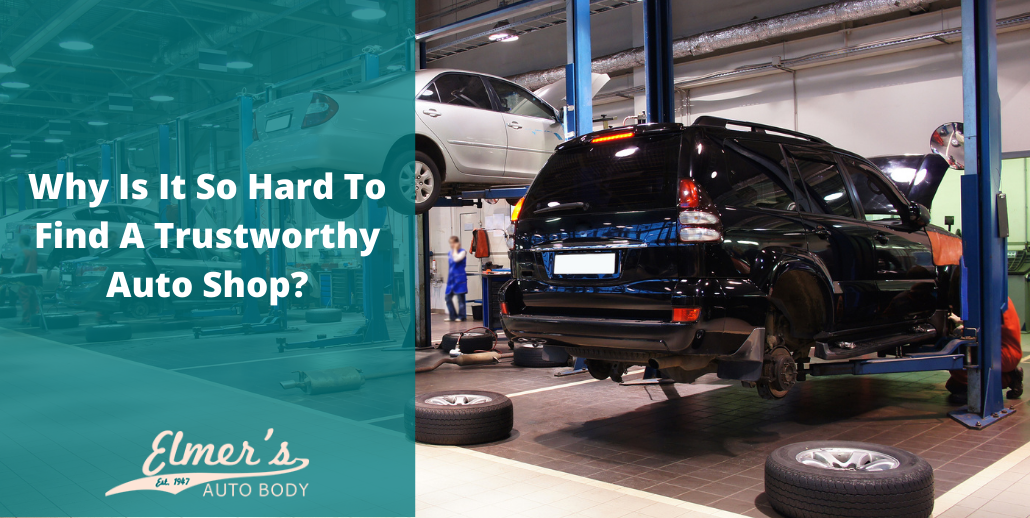Winter driving means a chance for collisions that are made more severe due to snow, ice, and salt. Sometimes, even with the best precautions, a winter collision is unavoidable. For instance, you need to slam on your brakes because someone pulls out right in front of you and your car slides into them. In some cases, the damage is severe enough for the car to be deemed a “total loss,” meaning it’s considered non-repairable. For many drivers, this can be a stressful and confusing situation. Here’s what you need to know about total loss declarations, how they’re determined, and what your options are if your car is deemed non-repairable.
Key Takeaways
- A car is totaled when repair costs exceed 70-80% of its actual cash value (ACV), which is common with severe winter collision damage.
- Insurers compare repair costs, ACV, and salvage value to decide if a vehicle is repairable or a total loss.
- Common issues like frame and engine damage, extensive bodywork, and water intrusion from snow can make a car non-repairable.
- Review the insurance settlement, decide whether to keep or surrender the vehicle, and consider gap insurance if you owe more than the ACV.
What Does Total Loss Mean?
A vehicle is considered a total loss when the cost to repair it exceeds a certain percentage of its actual cash value (ACV). This percentage, known as the total loss threshold, varies by insurance provider but typically falls between 70% and 80% of the vehicle’s ACV. If a car’s repair costs exceed this threshold, the insurance company may deem it more practical to declare the vehicle a total loss rather than pay for repairs.
During winter, the likelihood of a total loss increases due to the types of accidents that can happen on icy or snowy roads. Collisions that cause extensive damage to the frame, engine, or other critical components may lead to a total loss declaration. Additionally, the higher incidence of multi-car pileups in winter months can result in more severe damage, increasing the possibility of total loss determinations.
How Insurance Companies Determine Total Loss in Winter Collisions
There are various factors to determine when a car is repairable or non-repairable. The first thing the insurance company looks at is the vehicle’s Actual Cash Value (ACV). The ACV is the car’s market value right before the collision. This figure is based on the car’s make, model, age, mileage, and general condition. The ACV determines the financial baseline against which repair costs are compared.
The insurance company then compares the ACV to the cost of repairs. Repair shops and insurance adjusters estimate the cost of necessary repairs. If the cost is close to or exceeds the ACV threshold, the car is deemed a total loss.
Next, there’s the salvage value. This is the amount the car would be worth if sold for parts or scrap after being totaled. Salvage value also affects whether a vehicle is repairable since high salvage value could make it more cost-effective to replace rather than repair.
Common Winter Collision Damages That Can Lead to a Total Loss
Winter collisions in South Jersey often result in damages that are more extensive due to the environmental conditions of the season. Here are some damages that may justify a total loss declaration:
- Frame and Structural Damage: Collisions on icy or snowy roads frequently impact the car’s frame. Structural damage is often difficult and costly to repair, and if the frame has bent or twisted, it may compromise vehicle safety.
- Drivetrain and Engine Damage: Severe front-end collisions can damage the engine and drivetrain components, which are costly to repair or replace. If critical components are damaged in a winter crash, the repair costs can easily exceed the ACV.
- Extensive Body Damage: Snow and ice can reduce visibility and increase the chances of rear-end collisions or side impacts. If the damage involves multiple panels or requires a full repaint, it could add significantly to repair costs, making a total loss more likely.
- Flooding from Snow and Ice: Accumulated snow and ice may lead to water damage if it melts and seeps into the car’s interior or engine bay. If water damage is severe, it may be another reason for a total loss, as replacing electronics and upholstery can be prohibitively expensive.
What to Do If Your Car is Deemed a Total Loss
Let’s say you get into an accident this winter and your vehicle is deemed a total loss, what happens then? What can you do? Here are some steps you can take, depending on whether you decide to keep your car, salvage it, or something else:
- Understand the Insurance Settlement: Your insurance provider will offer a settlement based on the ACV of your vehicle before the collision. This amount is meant to compensate you for your loss. Review this settlement carefully and compare it to local market values for similar vehicles to ensure it’s fair.
- Keep or Surrender the Vehicle: In some cases, you may have the option to keep the totaled vehicle, which is called “retaining salvage.” However, this typically comes with certain restrictions, and the insurance payout may be reduced by the vehicle’s salvage value. If you choose to surrender it, the insurance company will take possession and handle its disposal.
- Get a Replacement Vehicle: Use the insurance settlement to purchase a new vehicle. If you owe more on your loan than the ACV, consider gap insurance, which can help cover the difference in the event of a total loss.
- Notify the DMV: In most states, you’ll need to submit documentation to the DMV to update the vehicle’s title and registration status. This process varies by state, so it’s best to check New Jersey’s DMV requirements if your vehicle is totaled.
Get Winter Collision Repair at Elmer’s Auto Body in South Jersey
If your vehicle has been involved in a winter collision, there is a chance that the damages lead to total loss. While the team at Elmer’s Auto Body can’t reverse a total loss declaration, we do aim to help drivers get back on the road as soon as possible. If your car can be repaired, we’ll do what we can. Our skilled technicians can restore your car’s safety and appearance with high-quality repairs, allowing you to get back on the road with confidence.
If you’re dealing with the aftermath of a winter accident, let Elmer’s Auto Body handle the repairs. Contact us today to schedule an appointment at one of our South Jersey locations.


